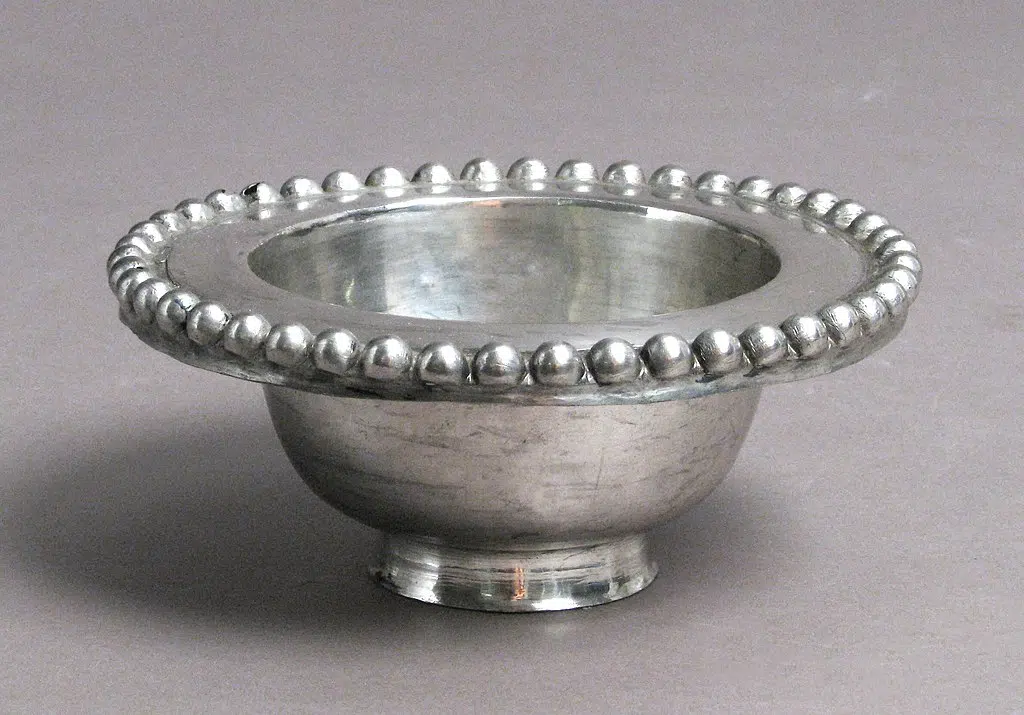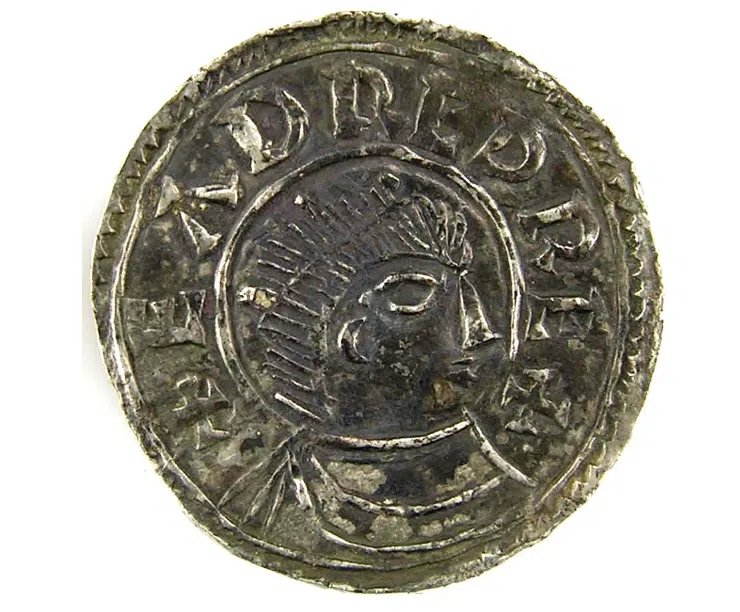A recent chemical analysis has revealed the Byzantine origin of silver coins that stimulated trade and helped bring about the development of new towns. These were used beginning in the seventh century in England.
Starting around 660AD, for many decades after the Sutton Hoo burial, there was a sudden surge in the number of silver coins in circulation in England. This left archaeologists and historians stumped for quite some time.
The silver coinage rush was a welcome injection for trade and development at a time when new settlements were popping up around the country. Now, archaeologists and scientists finally understand where it all came from.
Using lead isotope and trace element analysis, in particular gold and bismuth, researchers have been able to determine that early Anglo-Saxon silver coins were made from Byzantine plates, while later coins used silver from a mine in France.https://t.co/VBrXY2asXx
— Chemistry World (@ChemistryWorld) April 10, 2024
Metallurgical analysis of early medieval coins has provided the answer. The power brokers of the era melted down their collections of Byzantine silver treasures in a kind of primitive quantitative easing that kickstarted the economy of England and established a monetary system that would last for a millennium.
Chemical analysis of coins from the Fitzwilliam Museum in Cambridge has revealed two distinct phases of the silver rush. For nearly one hundred years from the 660s, coins were minted from silver bullion that originated in the Byzantine Empire in the Eastern Mediterranean. Then, once stocks of those treasures began to diminish around 750, silver from a mine in Western France came to be dominant in Europe. That was during the rule of Charlemagne.
“This was such an exciting discovery,” Rory Naismith, a professor of early medieval English history at the University of Cambridge and one of the academics behind the study, told The Guardian.
“Now we have the first archaeometric confirmation that Byzantine silver was the dominant source behind the great seventh-century surge in minting and trade around the North Sea,” Naismith said.
The coins minted were silver pennies each roughly worth around £20 to £30 in today’s currency. That formed “the bedrock of the English economy” until around the 16th century, according to Naismith.
Byzantine silver used to produce coinage in England
The isotopic signature of Byzantine silver apparently showed it was already decades or more old. This led to suggestions that it had likely been a prize possession of its owner, helping to display wealth and power.
The ruler honored at Sutton Hoo, believed to be Raedwald of East Anglia, was buried with a collection of Byzantine silver bowls and other objects, which, if melted down, could have produced ten thousand pennies, the researchers said.

“It’s fair to say we were surprised by this result,” Dr. Jane Kershaw, an associate professor at Oxford University’s School of Archaeology and the study’s lead author, told The Guardian.
“We know of some surviving Byzantine silver from Anglo-Saxon England, most famously from Sutton Hoo, but far greater amounts of Byzantine silver must have originally been held in Anglo-Saxon stores,” Kershaw added.
According to Kershaw, “This was quantitative easing—elites were liquidating silver stored in valuable objects and using that silver to make coins that then circulated widely. It would have had a big impact on people’s lives. Far more people than before would have used coined money and thought in terms of monetary values.”
See all the latest news from Greece and the world at Greekreporter.com. Contact our newsroom to report an update or send your story, photos and videos. Follow GR on Google News and subscribe here to our daily email!




